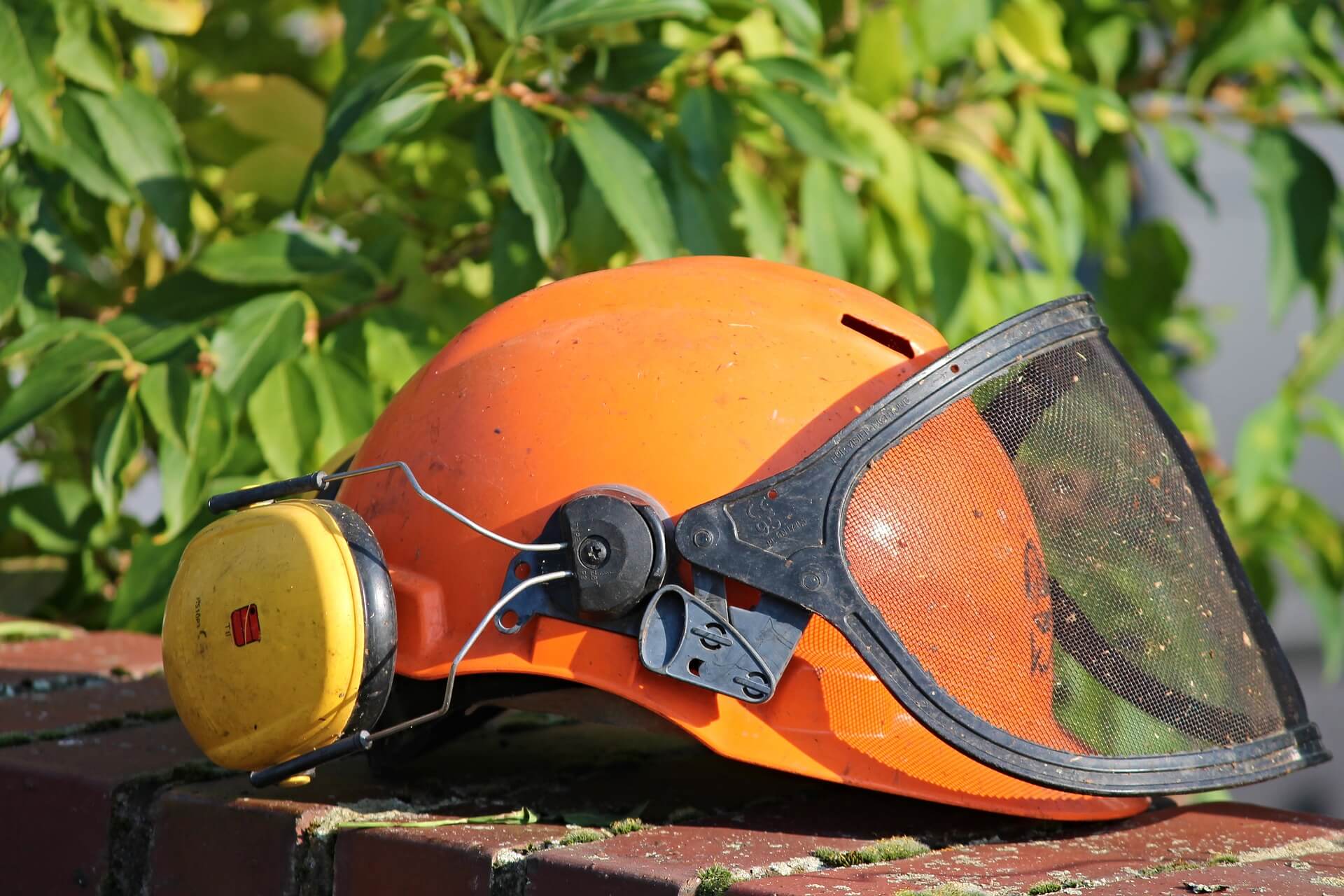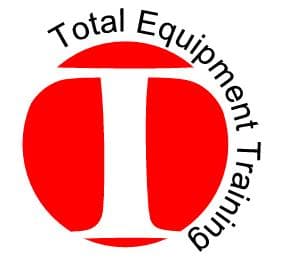Who is responsible for inspecting personal protective equipment before it is used by an employee?
The responsibility for care, upkeep, evaluation, and purchase of PPE is regulated by OSHA. OSHA clearly states that the employee is responsible for inspecting PPE before he/she uses it. In general, an employee should understand how to properly use his/her personal protection equipment, properly maintain PPE, and contact a supervisor or employer when he/she notices PPE is in need of repair or replacement. Since the employee is the one who sees and uses PPE everyday, the duty of inspecting PPE for damage or disrepair falls to them.
What are the types of PPE?

According to OSHA, there are six types of PPE: eye and face protection, head protection, foot and leg protection, hand and arm protection, body protection, and hearing protection. Eye and face protection is used to protect an employee from flying particles that may cause damage to vision or the face and includes specialized glasses or goggles made for specific hazards or facial shields. Head protection is important to inhibit damage that can impair or even kill workers from falling objects, fixed objects, or electricity. There are different classes of head protection based on the work environment but for each of these, the fit is of paramount importance. Foot and leg protection is important for employees who may be subjected to falling or rolling objects and includes guards or special safety shoes. Hand and arm protection can help mitigate hazards like chemical absorption, burns, crushing, or lacerations. There are many kinds of materials used for gloves aimed at mitigating specific hazards. Body protection in the form of special fabrics help prevent injury from chemicals or heat. Hearing protection can be necessary depending on the level of noise and the length of time an employee is subjected to noise.
What PPE must an employer provide?
Both employees and employers must work together to ensure the safety of employees in a workplace. Before an employee can work, and employer must perform an assessment of the workplace to determine the kind of hazards that are present. From there, an employer will need to identify the appropriate PPE to give employee based on these hazards. They will then be responsible for training their employees how to properly use and maintain the PPE. If an employee should indicate that PPE is damaged or in disrepair, an employer is responsible for fixing or replacing it. The cost of the PPE required for employees is the responsibility of the employer.
Can PPE be shared?
Fit of protective equipment is paramount to the proper function of the PPE. Poor fitting PPE may not adequately protect the employee or mitigate workplace hazards. In fact, poor fitting equipment such as gloves, shoes or helmets may cause accidents themselves. For these reasons, PPE should not be shared with others.
PPE and Heavy Equipment Qualification
Practical knowledge of PPE is essential at construction sites and a vital part of those who operate heavy equipment. Employees who have heavy equipment qualifications have fewer workplace accidents, and PPE is an important part of heavy equipment qualification training. Total Equipment Training offers PPE training as part of the heavy equipment qualification training.

